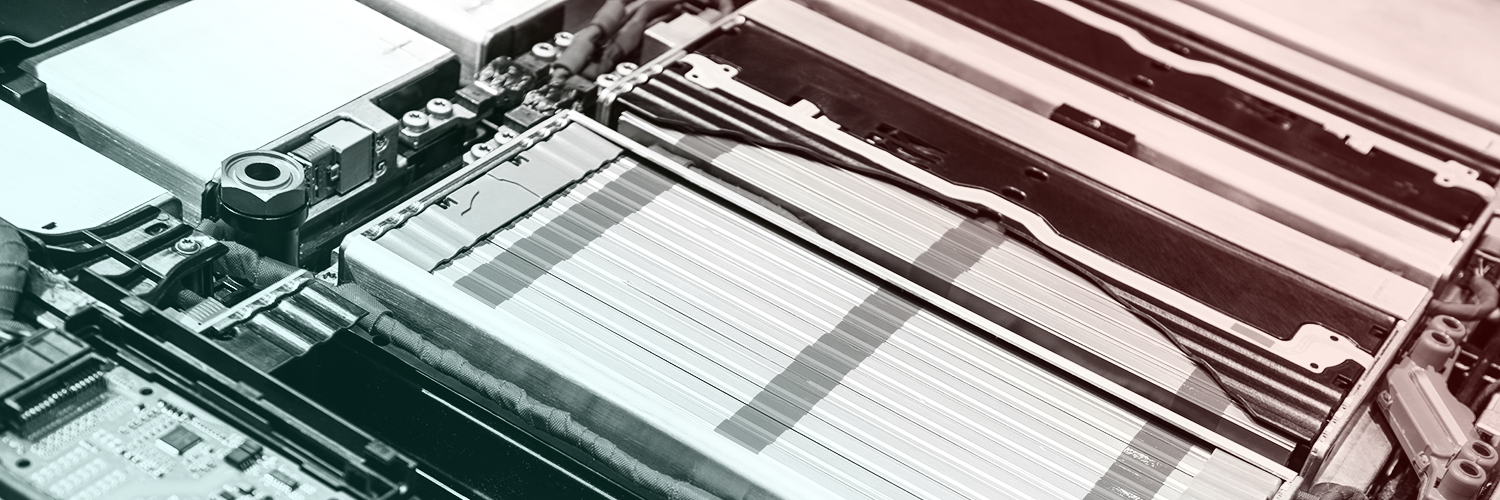
A few years ago, I had the opportunity to ride along and interview natural gas water heater and HVAC distributors and installers. This was part of a research effort to understand the decision-making process for installations of water heaters and HVAC systems and disentangle supply chain dynamics. We found that small and medium sized installers are often pressed for time and resources, have more work than they can keep up with, and make complex decisions that consider factors like time, reputation, and equipment offerings. And when responding to new technologies, new workflows, or new product lines—their first question is usually, “What problem does this solve for me and for my customers?”
As we race towards decarbonizing the transportation sector, we should acknowledge that electric vehicles and electric vehicle supply equipment (EVs/EVSE) solve a problem that many technicians, service repair shops, and parts distributors don’t necessarily see as their own. Emerging technologies will always need networks of folks to sell, service, install, and manage them, so it is important for utilities and EV automakers to illustrate how this tech is solving a problem for trusted allies and their customers. With this in mind, I revisited our contractor research to find out what installers and distributors of mechanical equipment can teach our industry about EV adoption. Here’s what I learned.
Lesson #1: Change is Hard
While water heating equipment has steadily evolved over time, the basic technology behind a conventional water heater has not changed much in the last 100 years. Installers who have an aversion to tankless technology, do so because it is perceived to be a complicated piece of technology that they may not be able to fix if something were to go wrong. Meanwhile, customers who we asked about switching to tankless water heaters told us they were willing to wait until their water heater or HVAC system failed before replacing it as replacements are large ticket items that require, “a radical change to the infrastructure” of homes.
The takeaway: There is a reason why behavior change was at the top of our list. The internal combustion engine also has longevity and a community of distributors and certified technicians. As we swim upstream, it will be important for our industry to provide more education around offerings and to gradually ease in reluctant customers, technicians, and distributors. Disruption and rapid change are non-starters.

Lesson #2: Reputation Drives Decisions
Preserving their reputation is paramount to installers, and time and familiarity around equipment offerings drive the types of projects they accept. The old adage, ‘time is money’ was a prominent theme as installers do not want to waste time (and money) on callbacks. HVAC and natural gas water heater installers we spoke with also perceived a degree of risk in installing tankless water heaters because they were less familiar with the technology and its internal computer components.
The takeaway: To deviate from the status quo, auto shop owners, supply distributors, electricians and other industry actors will need to feel familiar with EV and EVSE technology to minimize their perceived sense of risk and protect their reputations. In short, if they’re sticking their neck out to solve a problem that’s bigger than themselves (without a mandate for them to do so) they need to know someone has their back, and will be there to provide technical support if anything goes wrong.
Lesson #3: We Must Address our Workforce Development Needs and Apprehensions
For end users to receive the support necessary to drive adoption, we face a significant need for continued education and workforce development around EV technologies.
Market actors need to feel familiar (and feel empowered) with new tech. Continued education and training were important for HVAC installers to become more familiar and comfortable with new, higher-efficiency equipment, and to develop their sales and business management skills. Mechanical equipment distributors we spoke with said they provide regular training, but noted it was difficult to get small installers to attend these because of the time and cost commitment, especially during busier times of year.
The takeaway: To ensure a healthy EV ecosystem, our industry needs incentives to make training more accessible from a time-, cost-commitment, and certification perspective. If smaller shops see the payoff, they may be more willing to invest in training. Tesla recently authorized California-based, Unplugged Performance, which specializes in premium upgrades and customization for Tesla vehicles, to also service and repair them. Tesla has long struggled with servicing their cars, and this first step may lead to an emerging third-party market of Tesla service centers.
Vehicle service and parts counters are feeling apprehensive as new business models shift to online sales, disrupting relationships. As part of our research, one medium-sized HVAC market actor we spoke with told us that the most important thing he can offer his customers is service. The archetypal expert, he knows everything about his product offerings and is happy to make himself available to installers and talk them through issues with equipment even if they did not buy from him. Service experts take pride in educating customers, but as apps empower customers to buy direct, this segment is not feeling the love.
The takeaway: As more EVs enter the market (and as automakers shift to online sales platforms), dealerships have genuine fears that EV adoption could mean a loss in revenue as EVs have fewer mechanical parts and require less service. Volvo recently announced plans to move EV sales online in an effort to build direct relationships with customers and eliminate the haggling and back-and-forth experience of buying a car. But the company also indicated that its Volvo Studios and showrooms will be repurposed to provide service so that the automaker’s online and off-line functions are “fully and seamlessly integrated”. New EV adoption approaches need to balance innovation and disruption.
Within energy efficiency there will always be a struggle between new technology adoption and our reluctance to move away from the status quo. Folks who sell, install, and service technologies to keep our homes and businesses warm and cool have had decades to adjust to the clean energy transition, and yet we’re still in a place where that change feels hard. As we put the pressure on the automotive industry to rapidly decarbonize, we need to remember that as we empower those sitting in the driver’s seat with new offerings and new apps, we also need to support the hard-working folks behind our counters and under our hoods.






